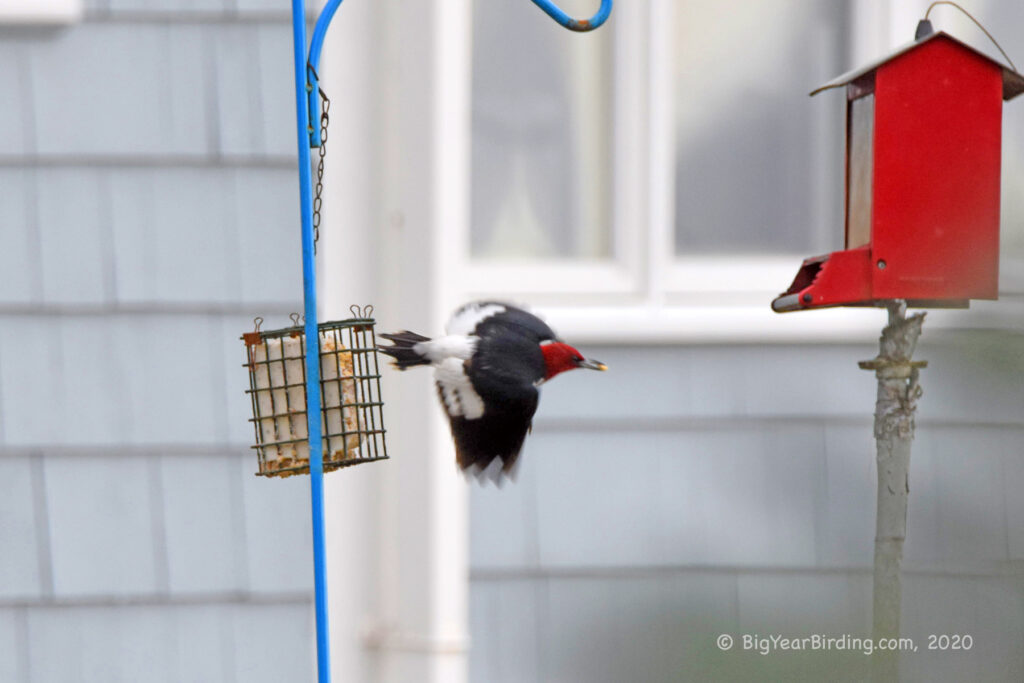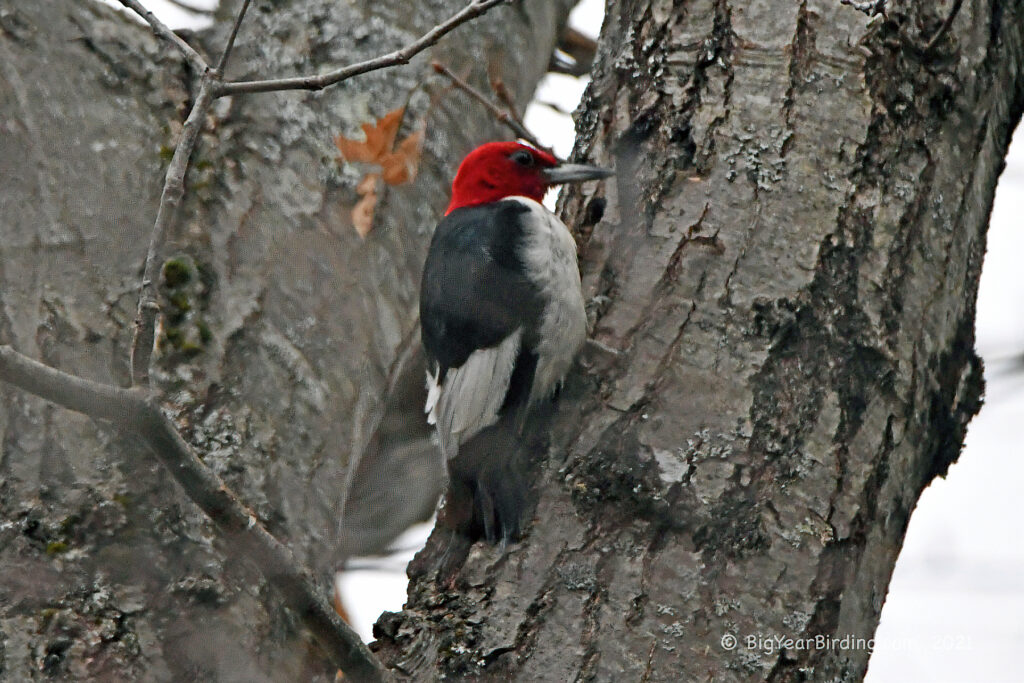
The Red-headed Woodpecker (Melanerpes erythrocephalus) is a species of woodpecker that is native to North America. It is known for its striking red head, white underbelly, and black body, making it one of the most recognizable and distinctive birds in the region. The birds are found in a variety of habitats, including woodlands, forests, and wetlands.
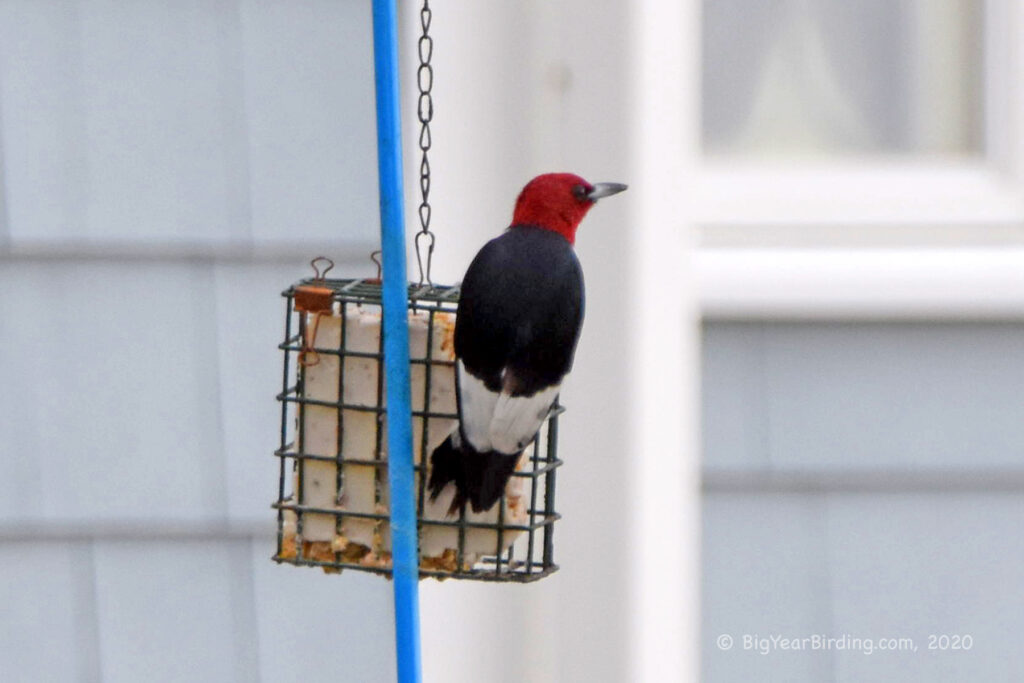
The Red-headed Woodpecker is a unique bird due to its feeding habits. The bird feeds on a variety of food, including insects, fruits, nuts, and seeds. It is also known to feed on suet, which is a type of fat that is commonly offered to birds in feeders. The bird is known to be very adaptable and is able to find food in a variety of environments, making it an important species in maintaining the balance of the ecosystem.
The Red-headed Woodpecker is also a highly social species and is often seen in flocks, especially during the winter months. During the breeding season, the birds are very territorial and will defend their nests aggressively. The nests are typically built in cavities in trees and are lined with soft material such as feathers, moss, and grass. The female will lay between three and seven eggs, which she will incubate for about two weeks.
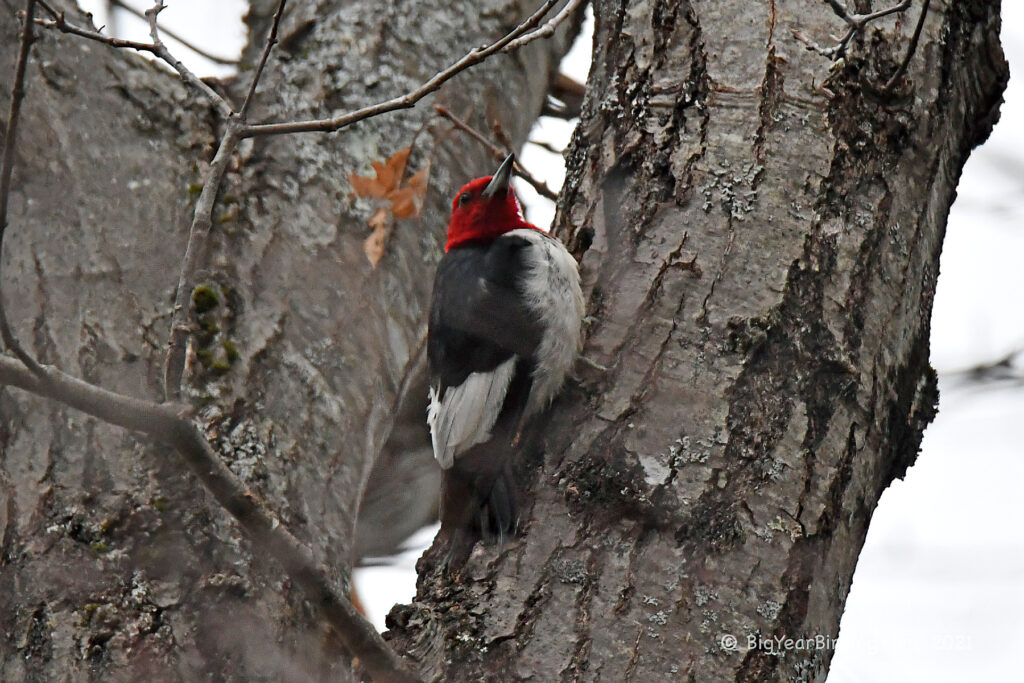
The Red-headed Woodpecker is listed as a species of concern by the Committee on the Status of Endangered Wildlife in Canada, and is considered to be a threatened species in some states in the United States. The bird is vulnerable to habitat loss, as well as changes in the quality and availability of their food sources. Conservation efforts are being made to protect the bird and its habitat, including reforestation projects, habitat restoration, and monitoring of population numbers.
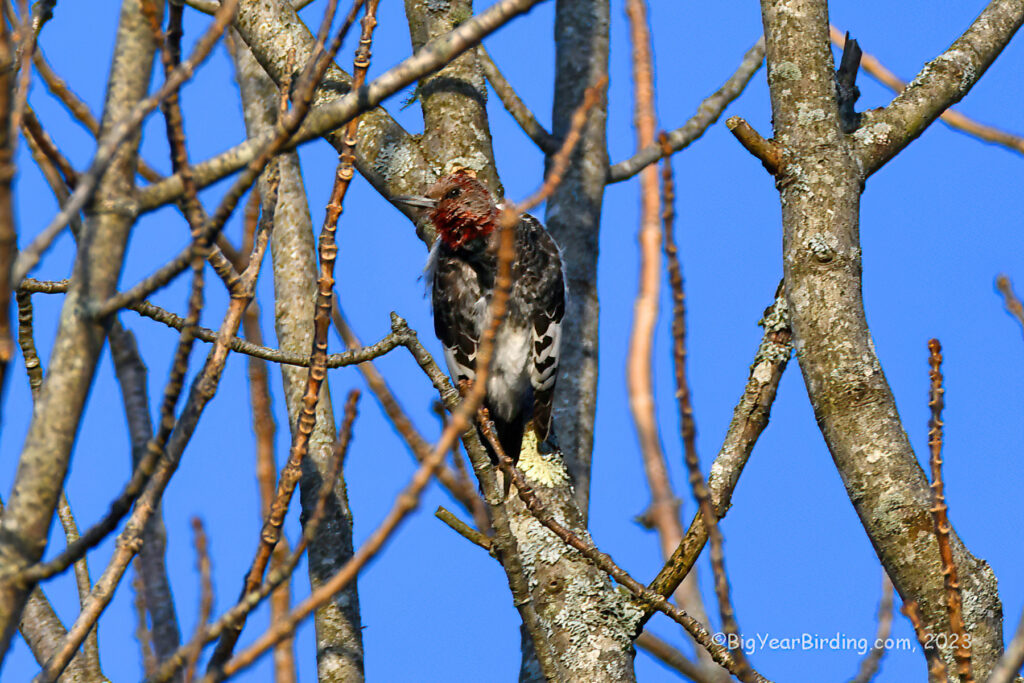
In conclusion, the Red-headed Woodpecker is a unique and important bird that plays a crucial role in the ecosystem. With its striking appearance and adaptable feeding habits, it is a bird that is both interesting and important to protect. Through conservation efforts and protection of its habitat, we can ensure that this species continues to thrive for generations to come.
